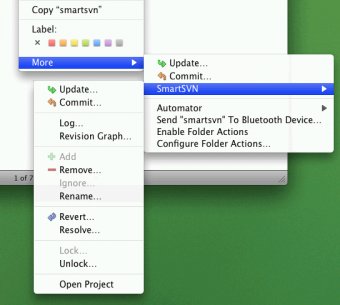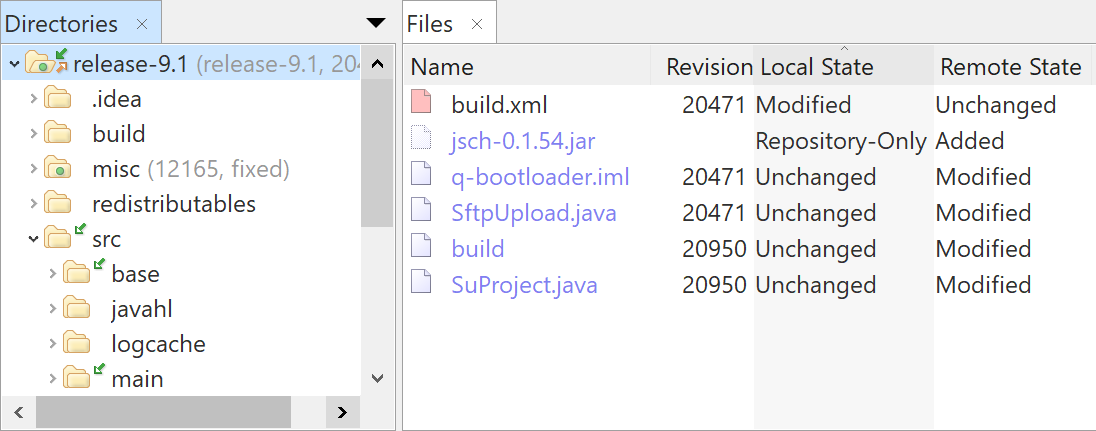
What has gone wrong? The most important information came from one user who told that he had copied the new.
SMARTSVN HOW TO REVERT WINDOWS
Starting SmartSVN still showed the old version, although the installation process went well without any error message and the “Programs and Features” item of the Windows Control Panel showed the new installed version. For an in-depth understanding, we recommend to read Paul Burba’s article.Some users reported that installing a new version of our SVN client SmartSVN over a previous version did not work correctly.

In either way, you should be aware that changing respesctively deleting subtree mergeinfo possibly affects Subversion’s merge tracking and hence should be performed with caution. If subtree mergeinfo had been introduced to a couple of files by accident and these subtree merges for these files didn’t occur frequently, it will usually be no problem to resolve conflict later (if any at all occur). The easy way: you may not pay attention to what subtree mergeinfo has been removed and risk unexpected conflicts on later merges. In this case, you may simply Revert your changes to restore the svn:mergeinfo properties.

When you are actually faced with this situation, this indicates that subtree merges have been performed by intention and maybe subtree mergeinfo should be kept for the corresponding entry. To get this correct, it may also be necessary to actually merge all other changes outside of the subtree for the record-only revisions. Unfortunately, this requires further investigation and you will have to decide whether to record-only merge certain revisions to your root, so these subtree-merges will be tracked in the root’s svn:mergeinfo, too. If revision changes are significant, this indicates that many subtree merges had been performed on the file or directory.

Manually compare this to the svn:mergeinfo of your root (which should still be present). The hard one: use Properties|Edit to find out which svn:mergeinfo every modified file or directory had before. Once finished, all files and sub-directories which previously had svn:mergeinfo attached will show up as modified. Use Properties|Set or Delete Property on your trunk or branch root directory, select svn:mergeinfo, select Delete Property, keep Depth set to Fully recursive and unselect Include this directory
SMARTSVN HOW TO REVERT UPDATE
If subtree merges have happened by accident, there is following receipt to fix this situation:īe sure to have a clean working copy and update to HEAD. If you still need subtree merges, you unfortunately have to take these svn:mergeinfo inconveniences into account. This is the reason, why it’s not recommended to perform subtree merges at all. This is how troubles start: once introduced, it will remain and will be updated with every new merge, even when performed only on the root directory. When performing a merge on a sub-directory, or even a single file, svn:mergeinfo will be introduced on these entries as well. Usually, merges should only performed on the trunk or branch root directory and hence svn:mergeinfo is also present only on the corresponding root directories.

Svn:mergeinfo is a Subversion-internal property which stores important information used for merge-tracking. Why does that happen and how can this be resolved? Usually, these are modifications only in the svn:mergeinfo property of the respective entries. When merging, a common source of confusion are property-only modifications of various files and/or directories which have not actually been affected by the merged commits.


 0 kommentar(er)
0 kommentar(er)
